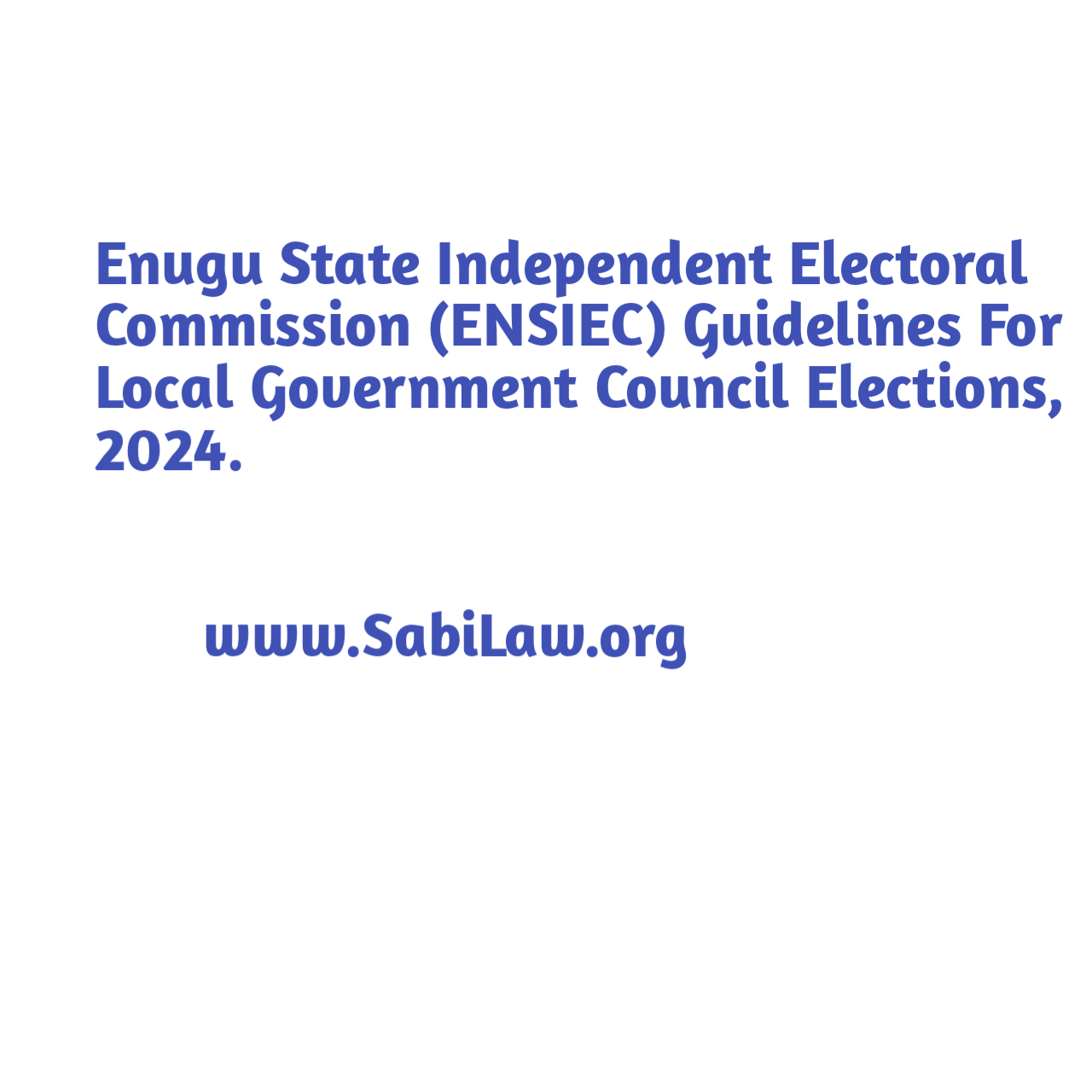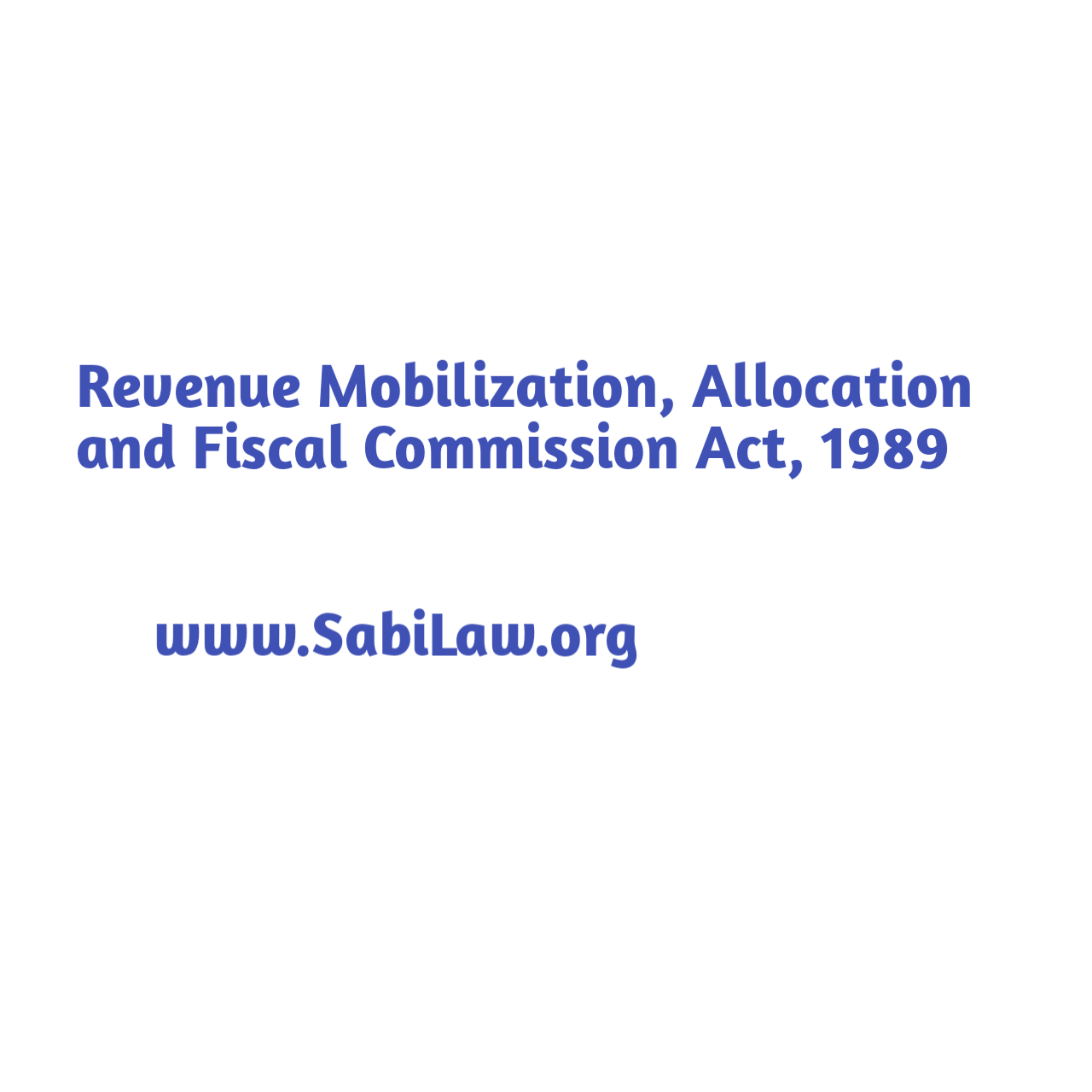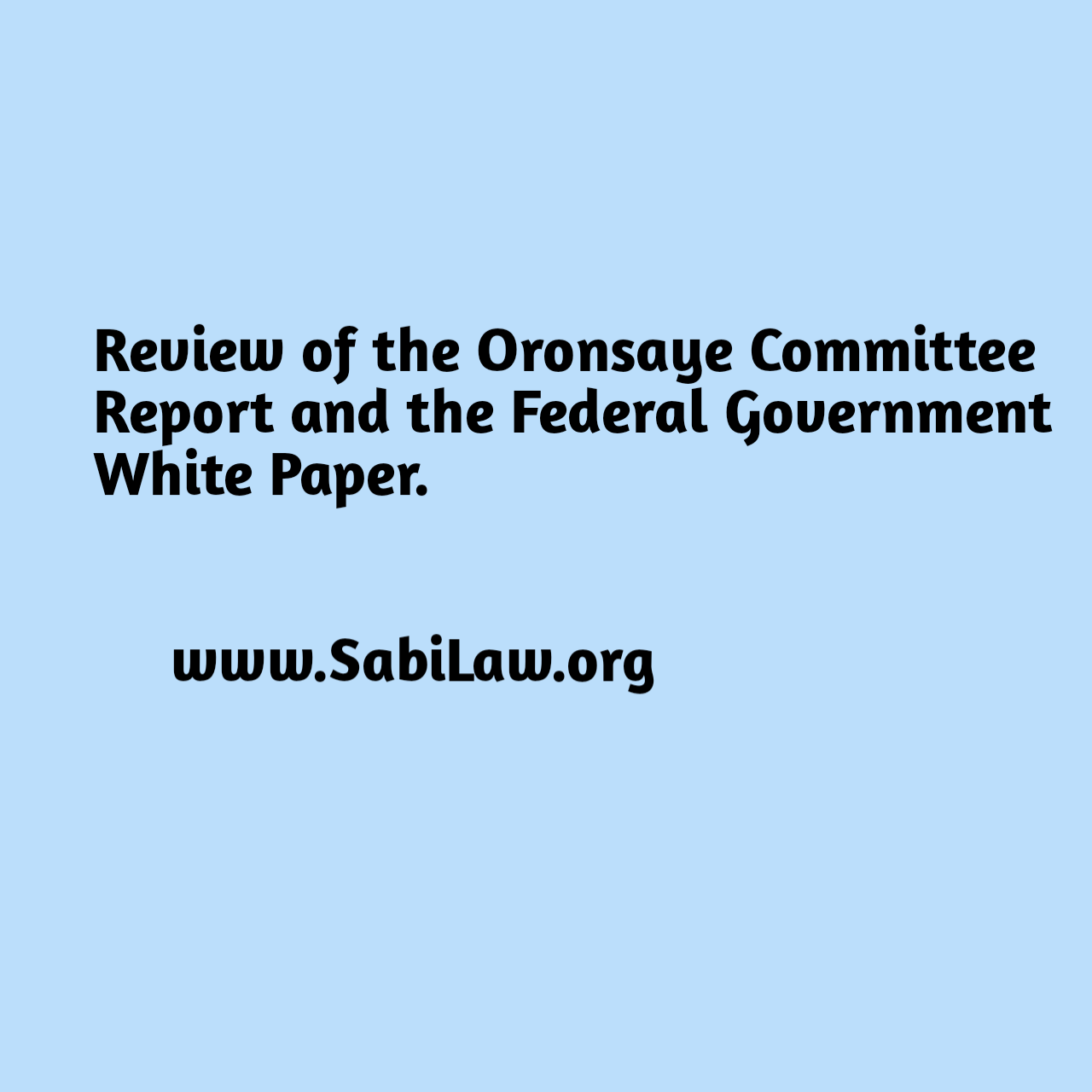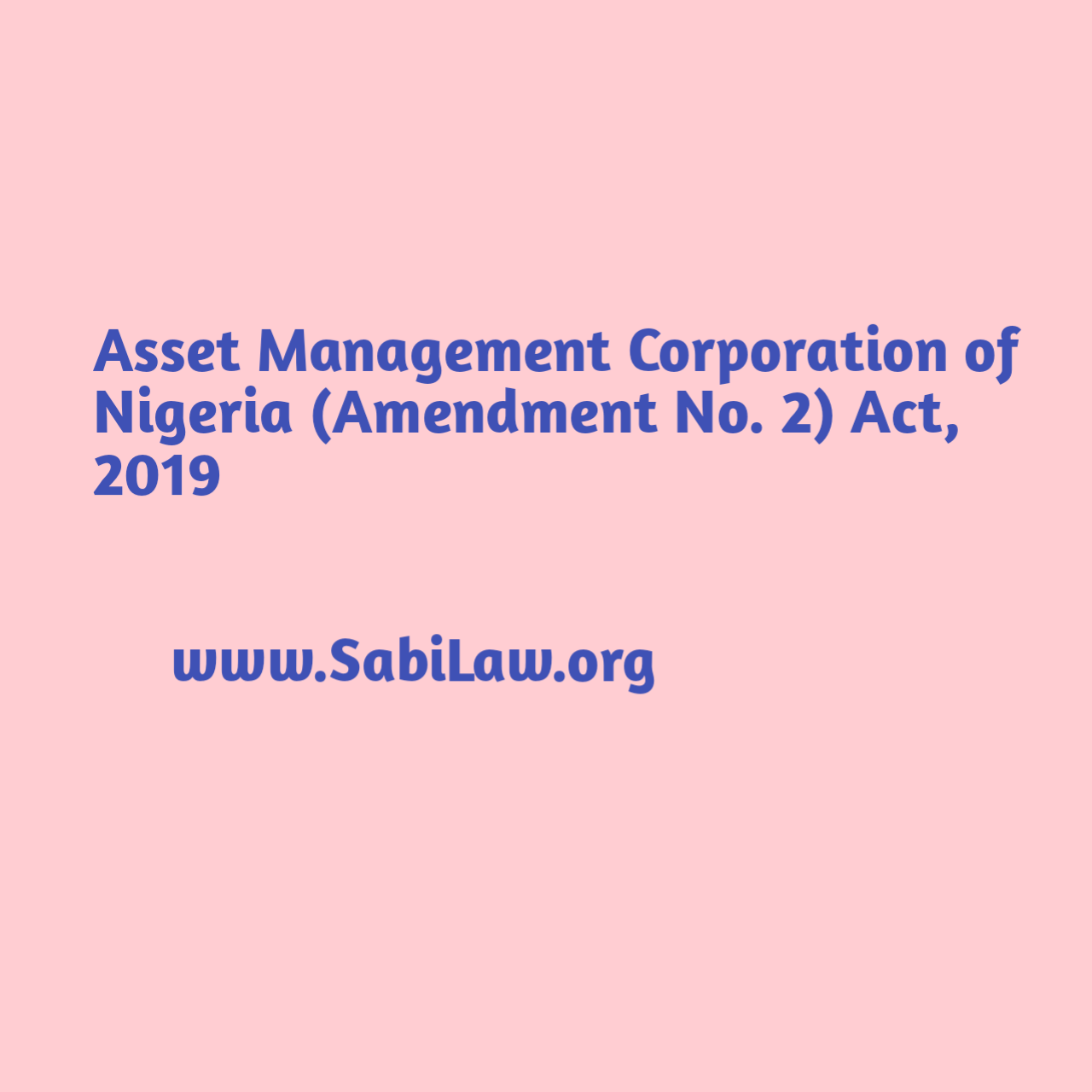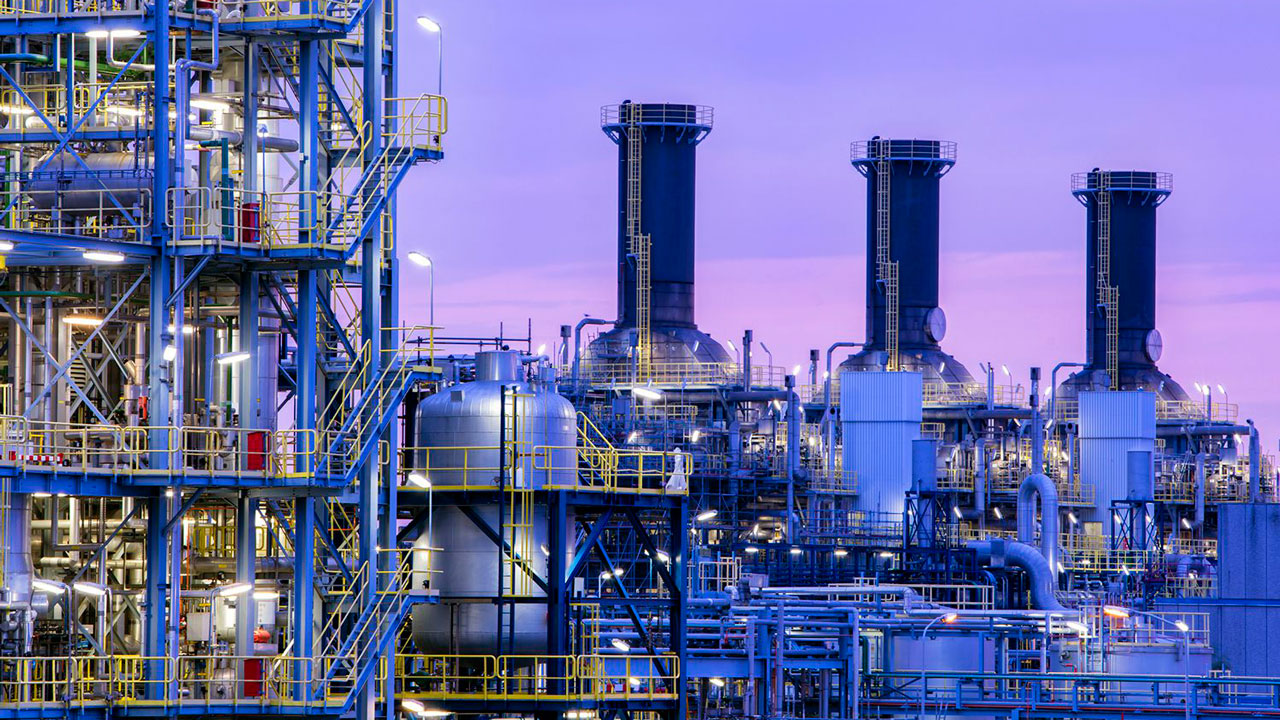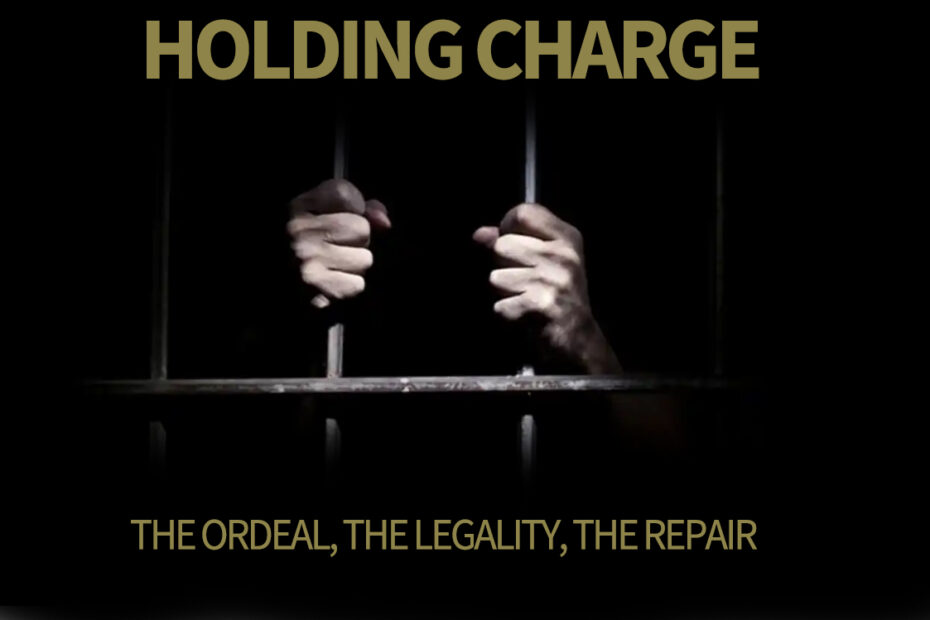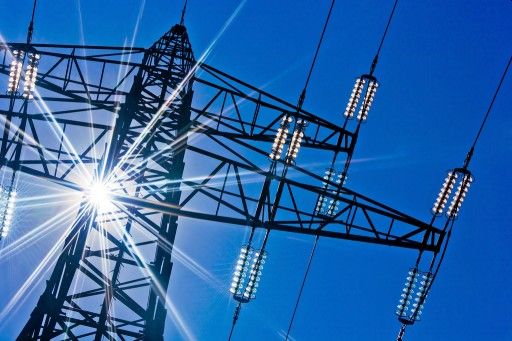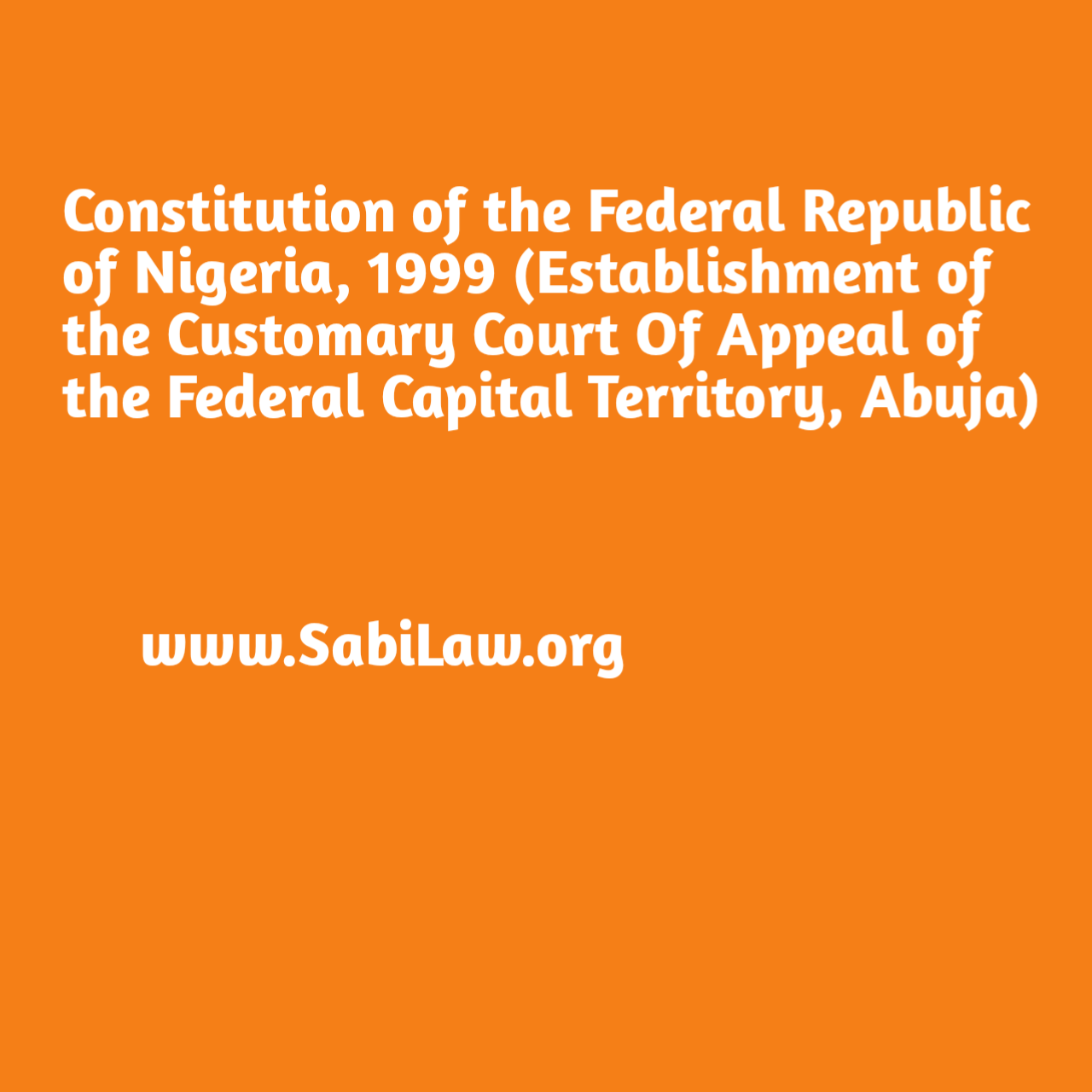Rethinking the Nigerian Energy Sector: Energy Transition, the Beacon of Hope?
By Obiorah Victor Chibuzor
1.0 INTRODUCTION
In December 2015, as a result of COP21 (Conference of the Parties) in Paris, an international agreement was signed which set the goal of keeping global warming below 2 degrees compared to pre-industrial levels by the end of this century and, if possible, limiting it to 1.5 degrees. COP26 in Glasgow, held in November 2021, ratified the commitment to achieve the so-called carbon neutrality by 2050. The main tool to achieve this goal is the energy transition, i.e. the transition from a fossil fuel-based energy system to one with low or no carbon emissions based on renewable sources. A major contribution to decarbonization is the electrification of consumption, i.e. replacing electricity from fossil sources with electricity from renewable sources, making other sectors such as transport cleaner, and the digitalization of grids, which improves energy efficiency. The process of energy transition is not new in history. We have seen other major historical shifts in the past, such as the transition from wood to coal in the 19th century or from coal to oil in the 20th century. What is special about this transition is that we need to protect the planet from the biggest threat we have faced so far, and we need to do it as quickly as possible.
2.0 AN OVERVIEW OF THE NIGERIAN POWER SECTOR
About 43% of the more than 200 million people are without electricity in Nigeria. Electricity supply is erratic, meeting only 15% of the daily needs of about 28,000 MW at peak times. The government has set three goals for 2030: ensure access to electricity for the entire population, increase the share of renewable energy to 30%, and increase production capacity to 30,000 MW. A decade after sector reform, energy capacity is still insufficient to meet growing demand. Although Nigeria’s total installed capacity of nearly 13,000 MW is more than half that of all of West Africa, the actual electrical capacity available on the grid is about 5,500 MW for a demand five times higher. This discrepancy is explained by limited transmission and distribution capacity, the obsolescence and inadequately maintained generation infrastructure, and gas supply bottlenecks. The 20,000 km national electricity grid is supplied by gas-fired power plants (85%) and hydroelectric plants (15%), with solar energy accounting for less than 1% of the energy mix. The total losses of the electricity system are very high and are estimated at more than 40% of electricity generation, of which 26% are due to the state of the distribution infrastructures. According to the World Bank, the unreliability of the electricity grid would cost Nigerian businesses $29 billion each year, which would be more than 5% of the GDP. Access to a stable source of energy remains the main problem cited by Nigerian businesses.
3.0 ENERGY TRANSITION: WHAT IS IT AND WHY IS IT NECESSARY?
Energy transition means changing the way energy is produced and consumed, especially to move to a more efficient, environmentally friendly and sustainable energy system. When we talk about the energy transition, we generally mean the transition from fossil and nuclear energies to renewable energies. But it also means all the measures that accompany this transition to renewables, such as energy efficiency, reducing our energy consumption, and the adequacy of energy demand and supply. All over the world, there are a lot of initiatives to make this famous energy transition and to change the energy model. The question that arises is: why should we change our energy production and consumption? As we all know, humanity needs energy every day: electricity for lighting or running household appliances, gas for heating, and fuel for our vehicles. In fact, almost everything depends on energy. All that, multiplied by 7.8 billion inhabitants, is a lot of energy to produce. Worldwide, about 770 million people do not have access to electricity. More than 2.6 billion people have no “clean” cooking facilities and use solid biomass, kerosene or coal as their main cooking fuel. Per capita, electricity consumption varies by a factor of 1 to 35 or even more depending on the country. Consumption of carbon-based energy, which releases greenhouse gases into the atmosphere, has been increasing for several decades. The world’s consumed energy comes from the conversion of energy forms, including petroleum 33%, coal 27%, natural gas 24%, hydropower 6.4%, nuclear 4%, wind 2.2%, solar 1.1%, biomass and geothermal 1.0%, and biofuels 0.7%. World energy is thus mainly carbon-based (oil, coal, gas), and about 20% of this energy is converted into electricity. The problem is that today we use unsustainable techniques to produce this energy, which causes a lot of pollution: Coal-fired power plants, gas-fired power plants, nuclear power plants, and petroleum products. Fossil fuels such as oil, gas and coal are responsible for 78% of the planet’s CO₂ emissions since 1970, according to the IPCC. They are thus the main contributors to global warming. Fossil fuels, for example, not only destroy the climate balance, but also cause pollution that affects human health. Thus, they are also responsible for a large part of the air pollutants that make up air pollution and are responsible for almost thousands of deaths in Nigeria every year. On the other hand, the generation of these energies is risky in terms of safety: every year, fossil fuel power plants have accidents with numerous fatalities, as in India in 2017, when the explosion of a power plant in Uttar Pradesh caused the death of 26 people. In Australia, it was the Hazelwood power plant that suffered a fire in 2014 that burned for nearly 45 days and caused carbon monoxide poisoning in residents. And in France, some power plants also experienced explosions, such as the Porcheville thermal power plant in 1977.
Moreover, the energy transition is not “just” about switching to renewable energy, but also about rethinking our energy model to reduce our energy needs and consumption. In short, it’s about building some form of energy sobriety, which in turn will allow us to reduce pollution, CO₂ emissions, and all the other problems associated with conventional energy production. Ultimately, it’s about getting out of this model where we are always trying to consume and produce more to satisfy our immediate desires, and thinking about the long-term future.
4.0 TYPES OF RENEWABLE ENERGY
There are various types of renewable energy sources such as nuclear energy, tidal energy, wave power, geothermal energy, radiant energy, etc. However, this paper focuses on the renewable energy sources listed below because they are particularly appropriate for the Nigerian context
4.1 Hydropower: Hydropower is electricity generated by water power, which is the generation of electricity by harnessing the force of gravity from falling or flowing water. Simply put, it is energy derived from water. It is the most widely used form of renewable energy because of its low carbon footprint.
4.2 Wind power: Wind power is the conversion of wind energy by wind turbines into a useful form, such as electricity or mechanical energy. Large wind farms are usually connected to the local power transmission grid, while small turbines are used to provide electricity to remote areas. However, wind energy is not yet fully developed in Nigeria, but the two wind farms under construction in Plateau and Katsina States can be relied upon.
4.3 Solar Energy: Active solar energy is used to generate electricity either through photovoltaic or solar thermal. Photovoltaic (PV) solar energy uses the sun’s energy to generate electricity. This occurs when sunlight hits a photovoltaic cell, which in turn is converted into electricity by a semiconductor.
5.0 ENERGY TRANSITION AND THE NIGERIAN ENERGY SECTOR
This section discusses the challenges and roles of energy transition in the Nigerian energy sector, they include:
5.1 Electricity for businesses and households
The World Bank estimates that Nigeria is losing $26.2 billion in economic output due to inadequate electrification. Renewable energy in Nigeria has the potential to change this. In particular, off-grid energy sources such as solar panels, which provide electricity directly to households and businesses, will mitigate the frequent blackouts that plague Nigeria’s power grid. The Economic Sustainability Plan is helping to promote off-grid renewable energy in Nigeria by providing $619 million to install new solar panels directly on homes that are not currently connected to the grid. The government is also providing grants to private solar companies to promote even more off-grid solar energy. Not only will this plan provide millions of Nigerians with new access to electricity, but the government also hopes that more renewable energy jobs will provide citizens with a lasting path out of poverty.
5.2 Grid access and connection issues
The situation for the entry of renewable energy into the Nigerian market is very difficult because access to the grid and the power system operates on the principle of non-discrimination. There are no differences in energy sources or whether priority should be given to a particular energy source. It is the responsibility of the transmission system operator to inject electricity and decide on interconnection on a non-discriminatory basis. The lack of provisions for priority connection of renewable energy to the grid remains a major obstacle in Nigeria. Investors want a guarantee that the renewable energy they generate will be connected to the grid. Renewable energy producers are discouraged if they cannot enjoy grid connection despite the required support.
5.3 Consumers’ Inability to Pay for Electricity
The inability of consumers to pay for electricity is a major problem in Nigeria. Most consumers are unable to pay the price of electricity. This situation is exacerbated by the fact that there is a culture in Nigeria that public goods should not be paid for by citizens. The poverty rate in Nigeria is high. Many consumers cannot afford to pay for renewable energy at a price that allows cost recovery. This situation distinguishes Nigeria from developed economies where consumers can pay for electricity costs. In developed economies, the cost of financing renewable energy investments is socialized by being passed on to consumers through electricity bills. Therefore, the cost of decarbonizing the energy sector in developed economies is ultimately passed on to consumers. The price of electricity is a critical basis for attracting investors. If the price of electricity is so high that consumers cannot afford it, demand will collapse. Therefore, pricing is the most sensitive aspect of energy sector reform.
5.4 Renewable Energy Variability, Forecasting, and Balancing Obligations
The market continues to evolve and Nigeria will reach a stage of a competitive electricity market where there will be a volatile spot market where money is paid for immediate delivery of electricity. Renewable power generators will face difficulties in selling power in the market where power trading is a forward market, where the generator delivers power to the grid operator in advance at an interval of five minutes a day. The generator is expected to fulfil the obligation to provide the agreed power. If balancing obligations are introduced, even if renewable generators are given physical access to the grid and the electricity market, they will have significant difficulty selling their electricity in the wholesale electricity market because of balancing and imbalance settlement issues. If they fail to do so, the grid operator must receive compensation from the power producer for the imbalance in balancing services used to meet the obligation to feed power into the grid. Since renewables may experience fluctuations that may not be accurately predicted, they must bear the cost of the imbalance. This would pose a serious market risk for renewables and put generators at a disadvantage relative to fossil fuels, which are largely stable.
6.0 CONCLUSION
Nigeria’s renewable energy potential is remarkably large. Recent studies put the potential of concentrated thermal solar power in Nigeria at over 427,000 MW, while hydropower has a potential of 10,000 MW. Regrettably, these resources remain largely untapped due to the country’s over-reliance on conventional energy sources. Although some progress has been made in harnessing renewable energy sources, more needs to be done to realize the enormous potential of renewable energy in Nigeria, as renewable energy is not only the future of energy supply globally, but also a permanent, sustainable and environmentally friendly solution to Nigeria’s energy deficit and energy problems.
About Author
Obiorah Victor Chibuzor
Level: 400L law student
Email: obiorahgabriel35@gmail.com
Number: 08103613308
School: University of Nigeria, Enugu Campus
REFERENCES
Abdulkareem, M. (2019) Neglect of agriculture cost Nigeria $10bn annually – World Bank Official, Retrieved from https://www.premiumtimesng.com/agriculture/agric-news/350994-neglect-of-agriculture-cost-nigeria-10bn-annually-world-bank-official.html
Acha L. (2022) The future of African oil and gas: Positioning for the energy transition, retrieved from https://www.mckinsey.com/industries/oil-and-gas/our-insights/the-future-of-african-oil-and-gas-positioning-for-the-energy-transition
Addeh Emmanuel, (2022) In Last 12 Years, Nigeria’s Electricity Grid Suffered Over 222 Partial, Total Collapses, Retrieved from https://www.thisdaylive.com/index.php/2022/08/08/in-last-12-years-nigerias-electricity-grid-suffered-over-222-partial-total-collapses/amp/
Akanonu Precious, (2019) How Big Is Nigeria’s Power Demand? Retrieved from https://www.energyforgrowth.org/memo/how-big-is-nigerias-power-demand/
Alexandra, T. (2022) The World’s 10 Biggest Oil Exporters, retrieved from https://www.investopedia.com/articles/company-insights/082316/worlds-top-10-oil-exporters.asp
Bamigboye, J. (2022) Nigeria’s Population To Hit 400 Million By 2050- UNFPA, Retrieved from https://presentng.com/nigerias-population-to-hit-400-million-by-2050-unfpa/
Business Day, (2016) PwC report sees Nigeria GDP rising to 6.4 trillion by 2050, Retrieved from https://businessday.ng/business-economy/article/pwc-report-sees-nigeria-gdp-rising-to-6-4-trillion-by-2050/
Egboboh, C. (2022) National gas reserve grew to 208.62 tcf in January. Retrieved from https://businessday.ng/news/article/national-gas-reserve-grew-to-208-62-tcf-in-january/
- Policy. (2015) National Renewable Energy and Energy Efficiency Policy (NREEEP) Retrieved from http://admin.theiguides.org/Media/Documents/NREEE%20POLICY%202015-%20FEC%20APPROVED%20COPY.pdf
Lars, K. (2022) Proved crude oil reserves in Africa by main countries 2021, Retrieved from https://www.statista.com/statistics/1178147/crude-oil-reserves-in-africa-by-country/
OpeOluwani, A. (2022), Oil exports account for 80% total national revenue, Retrieved from https://www.google.com/amp/s/punchng.com/oil-exports-account-for-80-total-national-revenue/%3famp
Okafor, C. (2018) NEITI: Oil Sector Employed 0.03% of Nigeria’s Workers in 2018,
Retrieved from https://www.thisdaylive.com/index.php/2020/04/07/neiti-oil-sector-employed-0-03-of-nigerias-workers-in-2018/
****************************************************************************************
This work is published under the free legal awareness project of Sabi Law Foundation (www.SabiLaw.org) funded by the law firm of Bezaleel Chambers International (www.BezaleelChambers.com). The writer was not paid or charged any publishing fee. You too can support the legal awareness projects and programs of Sabi Law Foundation by donating to us. Donate here and get our unique appreciation certificate or memento.
DISCLAIMER:
This publication is not a piece of legal advice. The opinion expressed in this publication is that of the author(s) and not necessarily the opinion of our organisation, staff and partners.
PROJECTS:
🛒 Take short courses, get samples/precedents and learn your rights at www.SabiLaw.org
🎯 Publish your legal articles for FREE by sending to: eve@sabilaw.org
🎁 Receive our free Daily Law Tips & other publications via our website and social media accounts or join our free whatsapp group: Daily Law Tips Group 6
KEEP IN TOUCH:
Get updates on all the free legal awareness projects of Sabi Law (#SabiLaw) and its partners, via:
YouTube: SabiLaw
Twitter: @Sabi_Law
Facebook page: SabiLaw
Instagram: @SabiLaw.org_
WhatsApp Group: Free Daily Law Tips Group 6
Telegram Group: Free Daily Law Tips Group
Facebook group: SabiLaw
Email: lisa@sabilaw.org
Website: www.SabiLaw.org
ABOUT US & OUR PARTNERS:
This publication is the initiative of the Sabi Law Foundation (www.SabiLaw.org) funded by the law firm of Bezaleel Chambers International (www.BezaleelChambers.com). Sabi Law Foundation is a Not-For-Profit and Non-Governmental Legal Awareness Organization based in Nigeria. It is the first of its kind and has been promoting free legal awareness since 2010.
DONATION & SPONSORSHIP:
As a registered not-for-profit and non-governmental organisation, Sabi Law Foundation relies on donations and sponsorships to promote free legal awareness across Nigeria and the world. With a vast followership across the globe, your donations will assist us to increase legal awareness, improve access to justice, reduce common legal disputes and crimes in Nigeria. Make your donations to us here or contact us for sponsorship and partnership, via: lisa@SabiLaw.org or +234 903 913 1200.
**********************************************************************************



